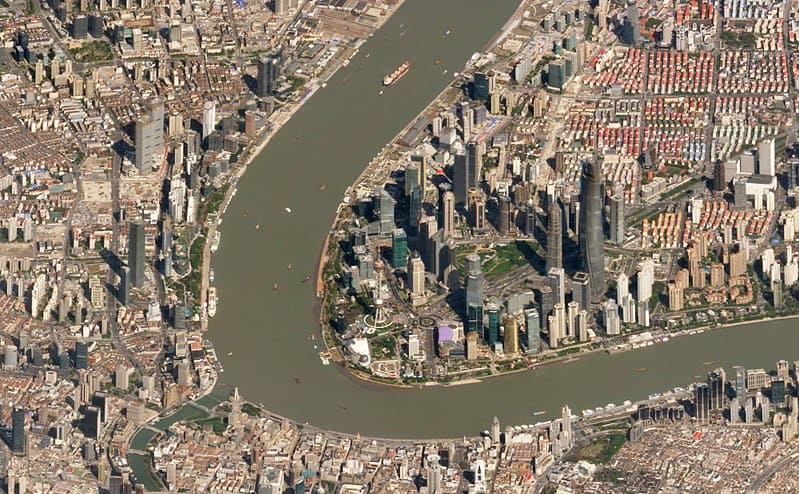Analysts see China’s central bank launching further reductions to the required reserve ratio as regulators look for new liquidity management tools and the Chinese economy comes under pressure.
The People’s Bank of China recently unveiled a 100 basis point reduction to the required reserve ratio for a range of Chinese lenders, including large-scale commercial banks, joint-stock banks, municipal commercial banks, non-county village commercial banks and foreign-invested banks.
The reduction, which comes into effect on 25 April, is expected to unleash 1.3 trillion yuan in liquidity, of which 900 billion yuan will be used to repay the medium-term lending facilities (MLF) borrowed by lenders from PBOC as part of the latter’s open market operations.
Most of the remaining 4 billion yuan will be allocated to municipal commercial banks and non-county rural commercial banks, with PBOC calling for lenders to improve China’s financial inclusion by extending more credit to micro-enterprises.
Analysts now expect PBOC to further reduce reserve ratio requirements in 2018, as part of efforts to shore up liquidity and prop up the Chinese economy.
They point out that the Chinese central bank still has ample room to make recourse to the measure, given that the reserve ratio of 17% for leading banks remains significantly higher than that for other major economies.
Shenwan Hongyuan Group expects three more cuts, as part of efforts to help banks pay back 4 trillion yuan in outstanding MLF’s.
Other analysts point out that the Chinese economy is likely to come under pressure amidst escalating trade tensions with the US, as well as the ongoing roll-out of its financial deleveraging campaign.
“The policy intention is clear,” said Wang Jun, chief economist at Zhongyuan Bank in Beijing, to Reuters. “They want to release some liquidity or loosen at bit as the economy faces downward pressure.
“There is room for more RRR cuts as they seek to gradually replace short-term policy tools.”
PBOC has stressed that the cut does not mark a shift in the overall theme of “stable and neutral” monetary policy, as well as emphasised the need for a higher reserve ratio requirement in order to safeguard financial stability.
Analysts say that tighter conditions in the Chinese financial system created by Beijing’s deleveraging campaign have made further easing a necessity, however.
“The early timing of this RRR cut shows that the PBOC is well aware of the impact of the financial deleveraging policy as well as how to mitigate the impact,” said Wei Yao, China economist at Societe Generale, in a note for clients.
“At the same time, it finds creative ways to limit the scope of easing, so as to avoid sending the wrong message about Beijing’s attitude towards financial regulations.”
“The cut reinforced the consensus that China is unlikely to tighten further,” said Tommy Xie, China economist at OCBC Bank in Singapore.
“The RRR cut will play a pre-emptive role in stabilising China’s credit expansion to ease the tighter monetary conditions.”
“If the PBOC does not act, either extending these facilities or offering more RRR cuts, monetary conditions will automatically turn tighter going forward,” said Kevin Lai, senior economist at Daiwa Capital Markets in Hong Kong, in a note.
“There is a genuine need for easing.”
Other analysts, such as UBS China chief economist Wang Tao, say that the move also marks a shift towards the increased use of reserve ratio adjustments by PBOC as a liquidity management tool, given that it reduces funding costs for banks as compared to open market operations involving tools such as MLF.
The move has served to boost the outlook for Chinese banks, with the CSI300BI index that tracks banks rising by over one percent on Wednesday.



